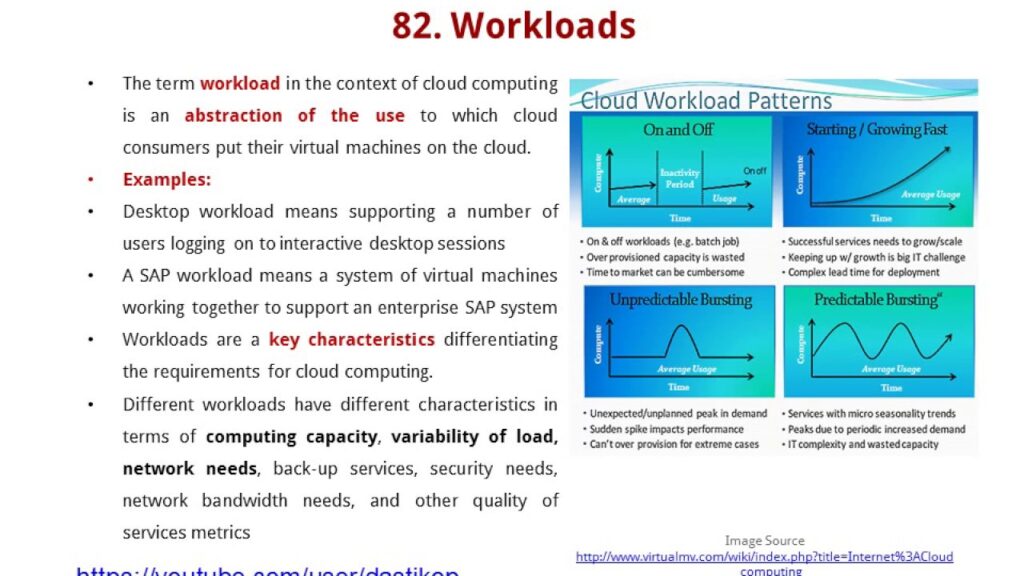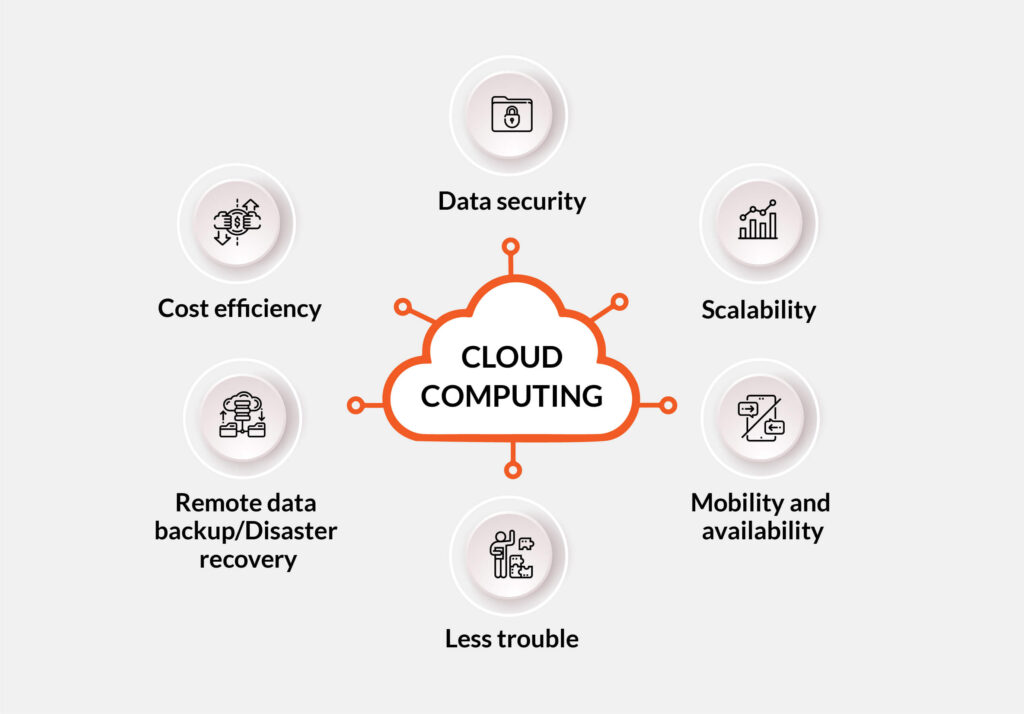Recent high-profile cybersecurity breaches, such as the SolarWinds supply chain attack, the Colonial Pipeline ransomware incident, and the Russian hacking of Microsoft, have underscored the critical importance of robust identity security controls. Inadequate measures around identity and access management (IAM) have led to stolen credentials, lateral movement by hackers, and privilege escalation, making it easier for cybercriminals to exploit vulnerabilities within enterprise networks.
Weak IAM approaches, including the lack of multi-factor authentication, excessive access privileges, poor password management, inadequate monitoring, and security gaps, continue to plague organizations of all sizes despite significant investments in new security tools and technologies.
As the cybersecurity landscape evolves, it has become clear that identity management can no longer be an afterthought. Many businesses are realizing that their Achilles’ heel lies in their reliance on Microsoft Active Directory (AD) for authentication and authorization.
The Evolution of AD
Active Directory has been a staple in identity management for over two decades, primarily tailored for Microsoft-centric IT environments. However, as organizations transition to cloud computing and adopt diverse device ecosystems, the limitations of AD have become apparent. Its on-premise design lacks native support for cloud connectivity, making it challenging to secure access for remote workers and cloud resources.
While Microsoft’s Azure AD (formerly Entra ID) was seen as a potential cloud-based alternative, it comes with its own set of limitations and dependencies, failing to provide a seamless transition from traditional AD.
Challenges with Securing AD
Several security challenges arise from using AD, including outdated service accounts, inconsistent policy enforcement, and the complexity and cost of maintaining multiple forest configurations. These challenges underscore the need for organizations to modernize their approach to identity management.
Modernizing AD
Despite the challenges, many organizations will continue to use AD in some capacity. Whether migrating away from AD entirely or minimizing its footprint, modernization is crucial to enhance security and adapt to evolving identity needs.
Here are some tips for organizations looking to modernize their AD environments:
- Extend AD to the cloud for seamless access to cloud resources.
- Minimize the AD footprint by focusing on critical applications.
- Manage AD from the cloud to simplify user account management.
- Gradually migrate away from AD by provisioning access to cloud resources and modern authentication protocols.
Embracing a Modern Identity Strategy
Organizations must prioritize securing and modernizing their AD environments to reduce risks and prepare for a transition to cloud-native identity management solutions. By addressing access controls, security policy enforcement, and integration with cloud IAM platforms, organizations can strengthen their security posture and adapt to the changing cybersecurity landscape.
Robust identity management is essential in today’s cybersecurity landscape, where the shift towards cloud-native solutions offers greater flexibility and security. By embracing an AD modernization strategy, organizations can protect their assets, strengthen their security defenses, and pave the way for a more secure future.



